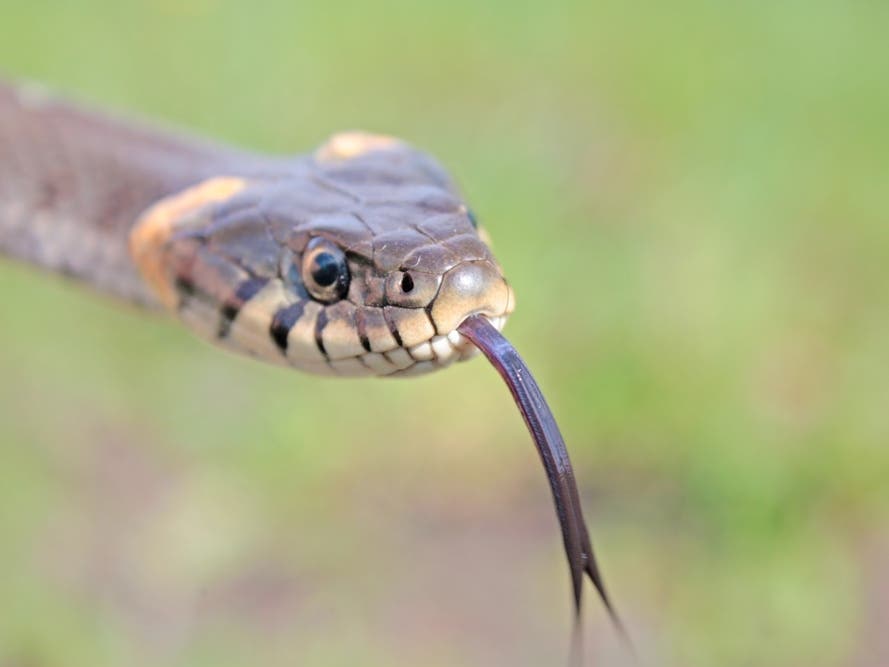CALIFORNIA — California is home to many different species of snakes, but what residents may not know is which bodies of water in the Golden State contain the greatest numbers of these often-feared reptiles.
Geography website WorldAtlas identified what they claim are the five most snake-filled bodies of water in California. Summer is peak season, so check twice before you head to the following lakes. Stay on trails, avoid tall grass, and pay attention to park ranger advisories to avoid any slithering situations.
SEE ALSO: Why Even The Best Swimmers Drown In California’s Lakes
Just northeast of Sacramento in the Sierra Nevada foothills lies Folsom Lake, where warm, shallow water, a rocky shoreline, and vegetation makes for a perfect home for snakes. Gopher snakes, racers, and the venomous North Pacific rattlesnake have all been spotted in the lake, and activity is most intense between May and September. Fatalities are rare, but bites do occur.
Lake Berryessa
This large reservoir in Napa County is a snake haven due to a jagged shoreline, lush woodlands, and rocky outcrops. Common species include the gopher snake, aquatic garter snakes, ringnecks, Western yellow-bellied racers, California kingsnake, and other garter snakes. Though most Berryessa snakes avoid human activity, bites have been documented off-trail.
Perris Reservoir
This Riverside County reservoir is home to the Southern Pacific rattlesnake, commonly seen near Bernasconi Beach, the Ya’i Heki’ Regional Indian Museum trails, and along the southeast side of the reservoir. Snake presence is highest from April to October in the early morning and late afternoon.
Cache Creek
Cache Creek connects Clear Lake to Woodland, California, just northeast of Sacramento. Its slow waters, rocks, and vegetation create ideal conditions for snakes, including garters, gophers, and rattlesnakes.
Sacramento-San Joaquin Delta
This 700-mile waterway is one of the most biologically diverse wetland systems in California thanks to its warm, shallow inlets and dense tule reeds. Anglers and waterfowl hunters are spotted along less developed areas, like Snodgrass Slough, the Mokelumne River, and Sherman Island.
— Patch editor Megan VerHelst contributed to this report.
